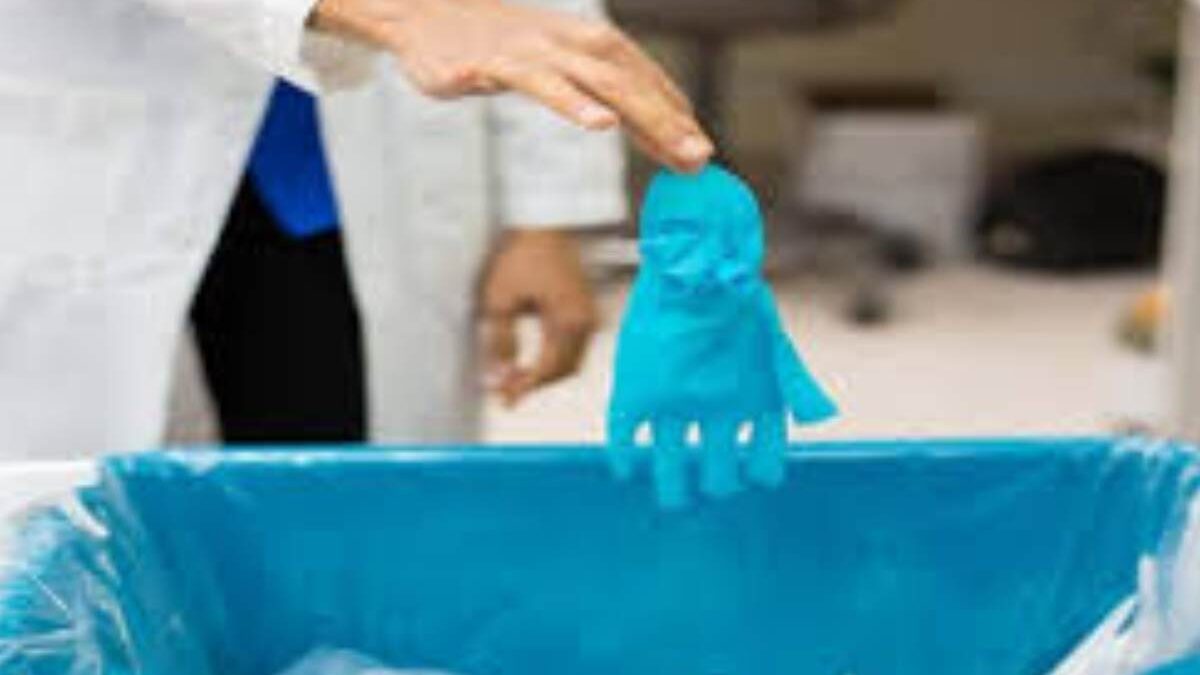“How is medical waste disposed of” is a crucial question within the healthcare industry. This responsibility falls to the facility where waste is generated. Failing to do so not only comes with risks to your staff and patients but can also result in hefty fines. In this article, you will learn more about 3 popular onsite methods that medical facilities can use to treat waste: incineration, autoclaving, as well as the innovative combination of autoclaving with shredding.
Table of Contents
How is medical waste disposed of with incineration?
Incineration is one of the oldest methods of medical waste disposal that is still in use today. HTI (High-Temperature Incineration) involves the controlled combustion of waste materials.
Pros:
This method not only diminishes the volume of the waste but is very effective at destroying any harmful pathogens and other hazardous elements that make medical waste a safety hazard in the first place. It’s always been a historically reliable method to get rid of all kinds of hazardous waste.
Cons:
And yet, despite how reliable it is, this traditional medical waste disposal method faces much scrutiny in modern waste management settings. Environmental concerns arise from the emission of pollutants, prompting questions about its ecological impact. Additionally, the substantial energy consumption associated with incineration raises doubts about its long-term sustainability in the evolving landscape of waste management practices.
Onsite incinerators equipped with flue gas treatment can reduce the amount of pollutants, but they are very expensive, and therefore a less realistic option for many medical facilities which then turn to offsite methods. This however raises the risks of infection within the facility, as they cannot treat their waste onsite
-
How is medical waste disposed of with autoclaving?
Autoclaving is a popular alternative to incineration for onsite medical waste disposal. This process also relies on heat via high-temperature and high-pressure steam to eliminate even heat-resistant foreign materials. Sterile medical waste can then be stored and disposed of without any risk of infection.
Pros:
Autoclaves have many benefits. They are particularly environmentally friendly, there is practically no risk of air pollution, especially compared to incineration. This also makes them much cheaper, regarding both operational and upfront costs. Furthermore, they can be installed much more easily at the site of medical facilities, as they require much less space. Last but not least, they are also very user-friendly, especially in the case of the more modern automatic vacuum models.
Autoclaves also serve another purpose, as they can not only sterilize waste but different medical tools as well, which can then be reused safely.
Cons:
No medical waste disposal method is “perfect”. Autoclaves may not be compatible with each type of medical waste. For example, they cannot be used to treat pharmaceutical waste (expired vaccines, medications) or genotoxic waste. You should also be careful in what model you choose, as that can determine what types of materials you can treat. Vacuum autoclaves are more versatile compared to gravity autoclaves.
-
How is medical waste disposed of with shredding?
This is one of the most advantageous onsite medical waste disposal methods. Shredding combined with autoclaving represents a hybrid approach to waste management. The waste is first rendered and shredded into smaller components, which allows for even greater steam penetration. This results in greater versatility.
Pros:
This medical waste disposal method combines the benefits of both shredding and autoclaving. Shredding can reduce the original volume of the waste by up to 80% and steam sterilization makes sure the waste is free from all harmful foreign materials. This makes storage much easier, and results in less frequent transports, further contributing to reduced medical waste disposal costs.
Shredding is also the preferred method for treating hazardous sharps, which can be especially dangerous due to how easily they can transmit diseases via a single cut.
Cons:
Just like with autoclaving, shredding may not be compatible with all types of waste materials. Always refer to the manufacturer’s instructions to make sure you only load compatible materials inside the shredder!

